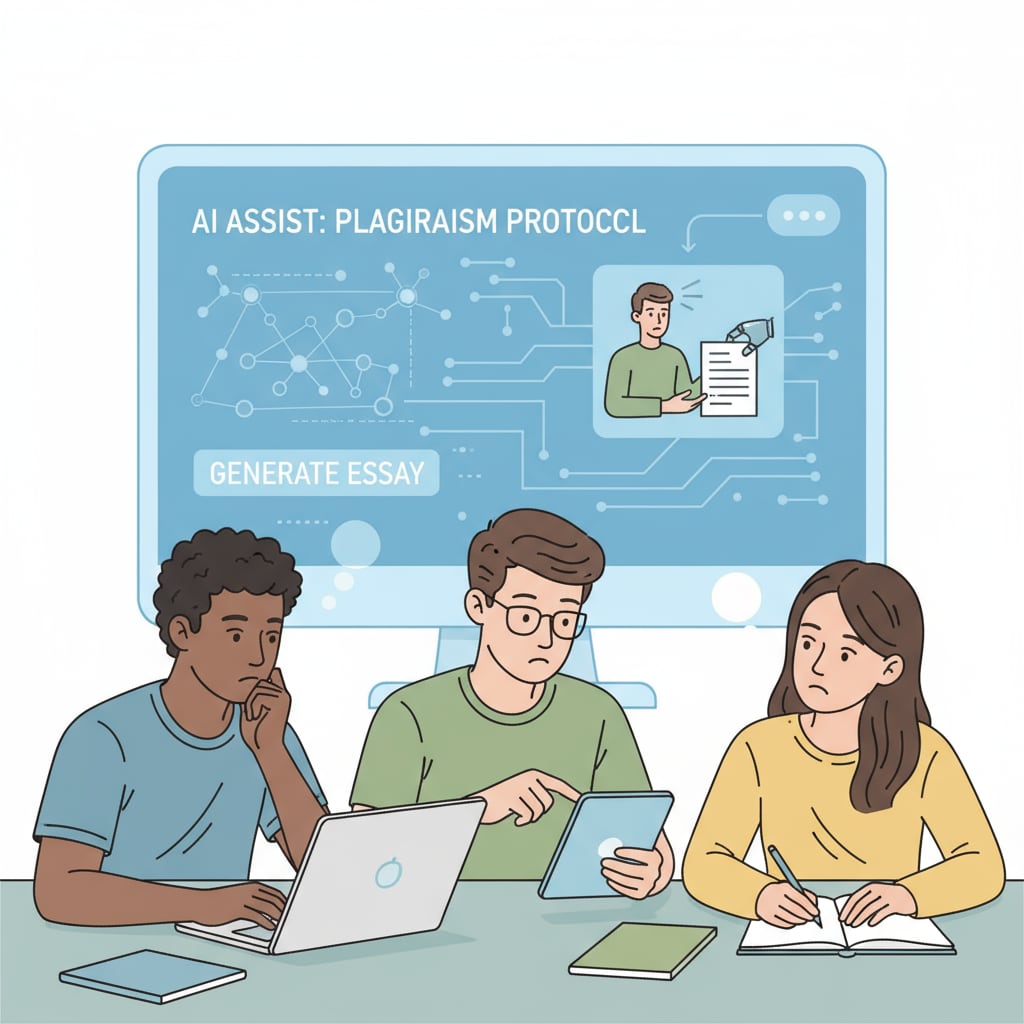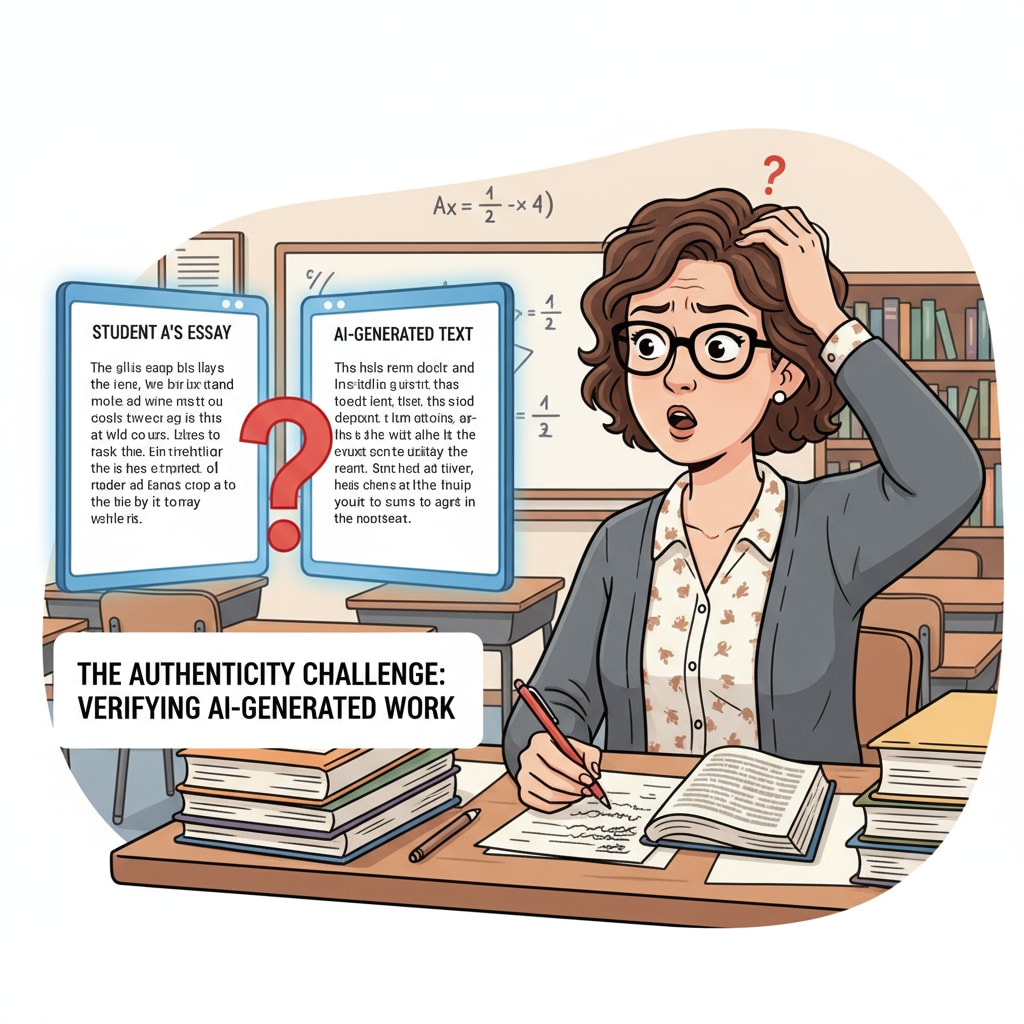The authenticity of student assignments, teaching evaluation, and parental cognitive differences have become pressing issues in the face of the increasing prevalence of AI-generated content in K12 education. As technology advances, the line between genuine student work and AI-generated submissions is becoming increasingly blurred. This has significant implications for the integrity of educational assessment.

The Challenge of Authentic Student Assignments
AI has made it alarmingly easy for students to generate seemingly high-quality assignments. Teachers are now constantly on guard, trying to determine whether a piece of work is truly the student’s own. For example, an essay that flows smoothly, uses complex vocabulary, and presents well-structured arguments could potentially be the result of an AI writing tool. According to this EdSurge article, many educators are struggling to differentiate between authentic and AI-generated work. This not only undermines the purpose of assignments as a measure of student learning but also affects the feedback teachers provide, as it may not accurately reflect the student’s capabilities.

Impact on Teaching Evaluation
Teaching evaluation is also severely affected. Traditional methods of assessment, such as exams and assignments, are no longer as reliable. Teachers rely on these evaluations to understand the effectiveness of their teaching and to adjust their instructional strategies accordingly. However, with the presence of AI-generated content, the data obtained from these assessments may be misleading. For instance, if a large number of students submit excellent work that is actually AI-generated, teachers may wrongly assume that their teaching methods are highly effective. As a result, they may not identify areas where students are actually struggling. According to this TeachThought resource, new evaluation models need to be developed to account for the influence of AI.
Parental cognitive differences add another layer of complexity. Some parents may be unaware of the extent to which AI can be used in student assignments, while others may not see it as a significant issue. This lack of consensus makes it difficult for schools and teachers to implement unified policies regarding AI in education. In addition, parents’ expectations of their children’s academic performance may conflict with the need to maintain the authenticity of assessments. Teachers must find a way to bridge this gap and communicate effectively with parents about the importance of genuine student work.
Readability guidance: As we can see, the challenges posed by AI-generated content in student assignments, teaching evaluation, and parental understanding are intertwined. To address these issues, a multi-faceted approach is needed. Teachers can start by educating students about academic integrity and the proper use of technology. They can also explore new assessment methods, such as in-class projects and oral presentations, which are more difficult for AI to replicate. Moreover, schools should collaborate with parents to raise awareness and develop common strategies to ensure the authenticity of educational assessment. By taking these steps, we can strive to maintain the core values of education in the age of AI.


